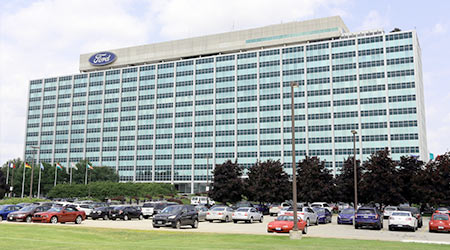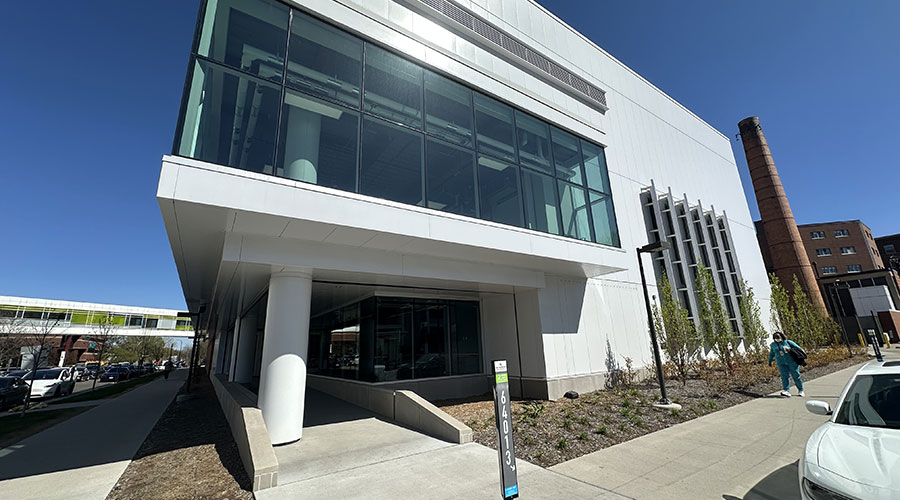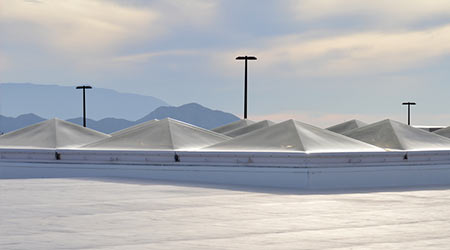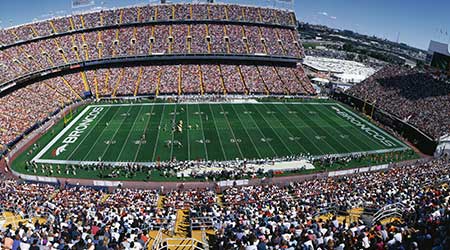
Historic Renovation Targets Area Rehabilitation
July 17, 2018
Institutional and commercial facilities of all sizes regularly undergo renovations. Walls come down, old boilers leave and new boilers come in, and plumbing systems and restrooms get new water-savings fixtures. Many of these projects are relatively small, given the huge price tag that seems to accompany any renovation, retrofit or upgrade. But for one of the world’s largest and most well-known companies, the size of its latest renovation project is anything but small.
Ford Motor Co. recently announced the restoration of the Michigan Central Depot by 2022 in order to bring 5,000 employees to Detroit's Corktown neighborhood, where the company aims to create what it calls "the next generation" of automotive mobility, according to The Detroit News.
Plans for the Corktown campus would deliver 1.2 million square feet of mixed-use development spread over multiple parcels and at least three recently acquired buildings. Ford expects to move 2,500 of its employees — roughly 5 percent of its southeast Michigan workforce — to the campus, with space for an additional 2,500 entrepreneurs, technology companies and partners.
The company's goal is to establish its Corktown site at the east end of an evolving mobility corridor evoking Michigan Avenue's earlier road to the Arsenal of Democracy. The campus would be a critical node in a circuit running from Detroit through Ford's Dearborn headquarters, to Detroit Metropolitan Airport and the American Center for Mobility at Willow Run, ending at University of Michigan research sites.
The building would be restored and reimagined to attract new employees to help develop the mobility, autonomy and electrification technologies considered the biggest disruptors to the auto industry since Henry Ford began making Model Ts for the masses. The ground floor lobby of the 18-story, 500,000-square-foot building would be open to the public. That space could house markets, coffee shops, restaurants, retail and gathering spaces.
This Quick Read was submitted by Dan Hounsell — dan.hounsell@tradepressmedia.com — editor-in-chief of Facility Maintenance Decisions, and chief editor of Facilitiesnet.com.
Next
Read next on FacilitiesNet












